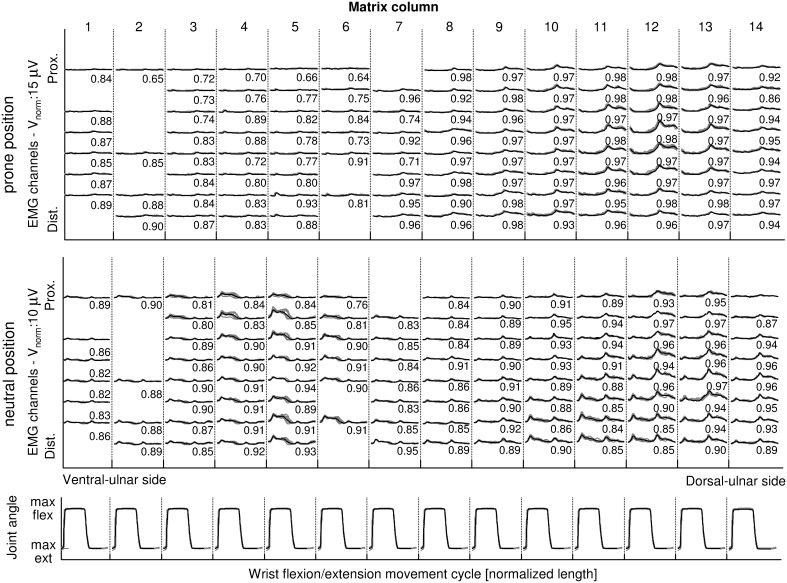Figure 2. Example of the sEMG envelopes during a wrist flexion/extension task.
The envelopes are shown for wrist flexion/extension with the hand in prone position (top) and in neutral position (middle). For each condition, the envelopes estimated for each movement cycle are shown superimposed (gray lines). The columns correspond to the electrode matrix columns (medio-lateral direction) while the rows corresponds to the rows of the electrode matrix (proximal-distal direction). On the bottom, in correspondence of each sEMG column, the wrist flexion/extension angle time courses for all movement cycles are represented superimposed. The black line represents the mean envelope/joint angle. The number near to each sEMG envelope is the CMC value calculated on all cycles. The envelopes show a good repeatability with CMC higher than 0.8 except for the bad channels. The missing channels are bad channels.

